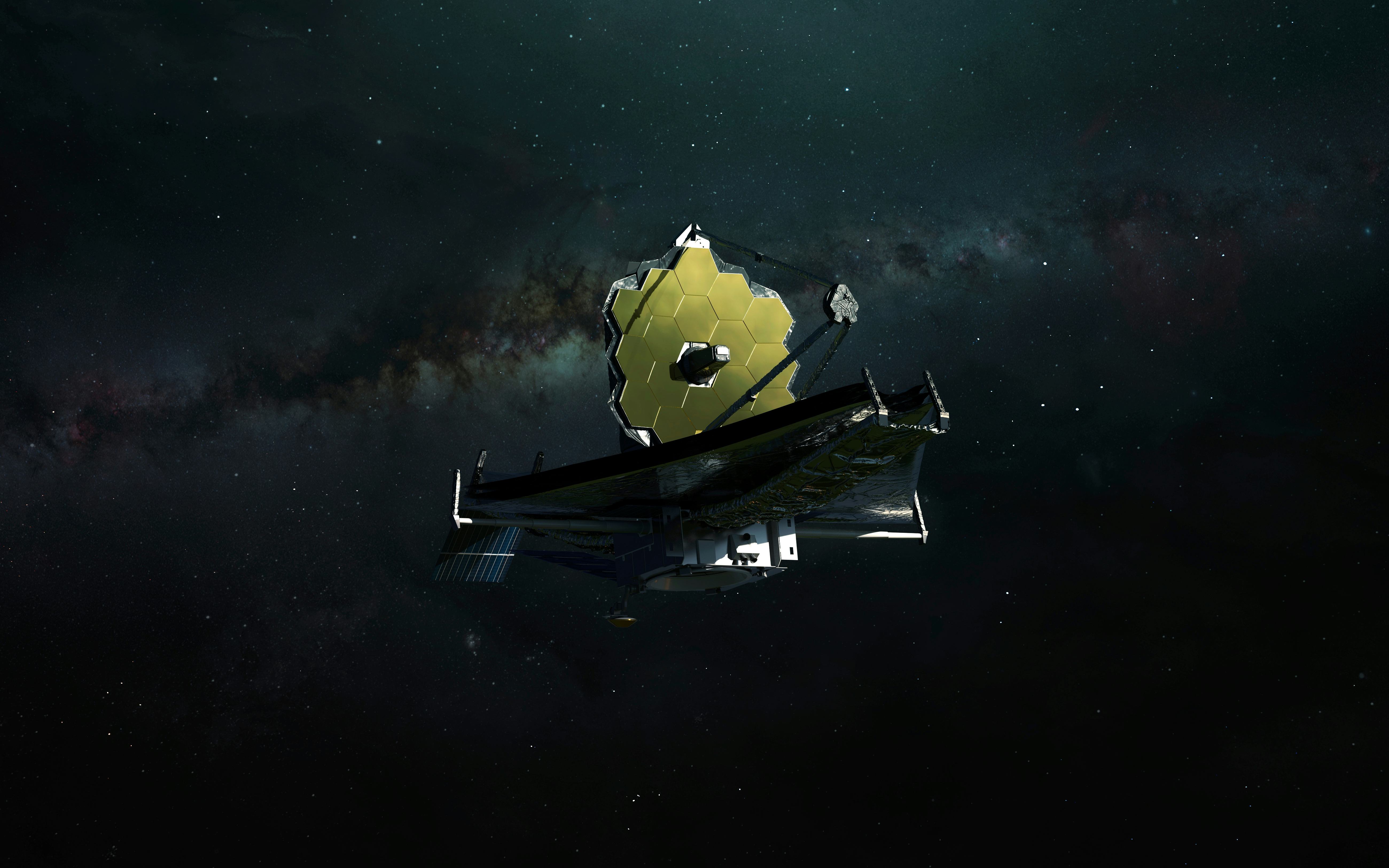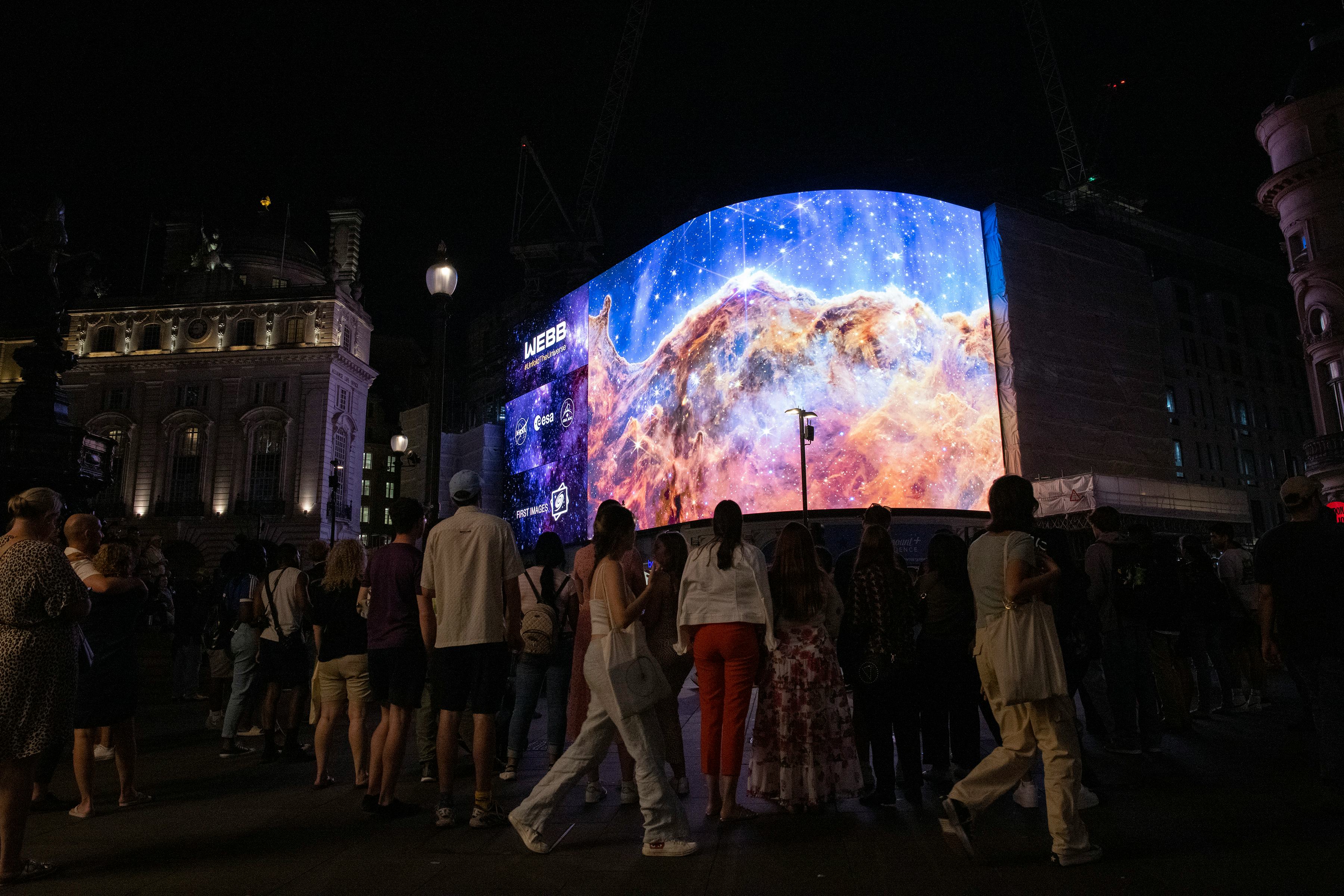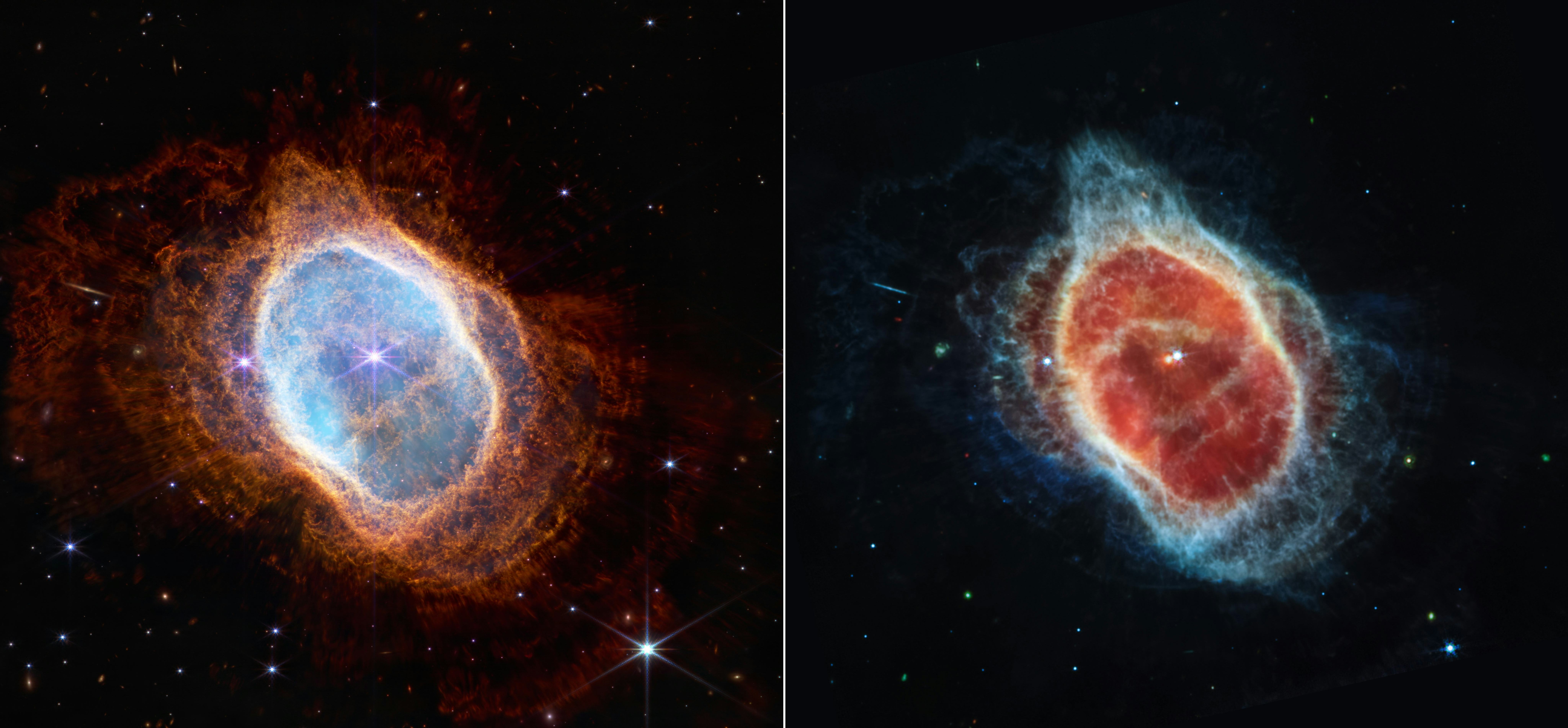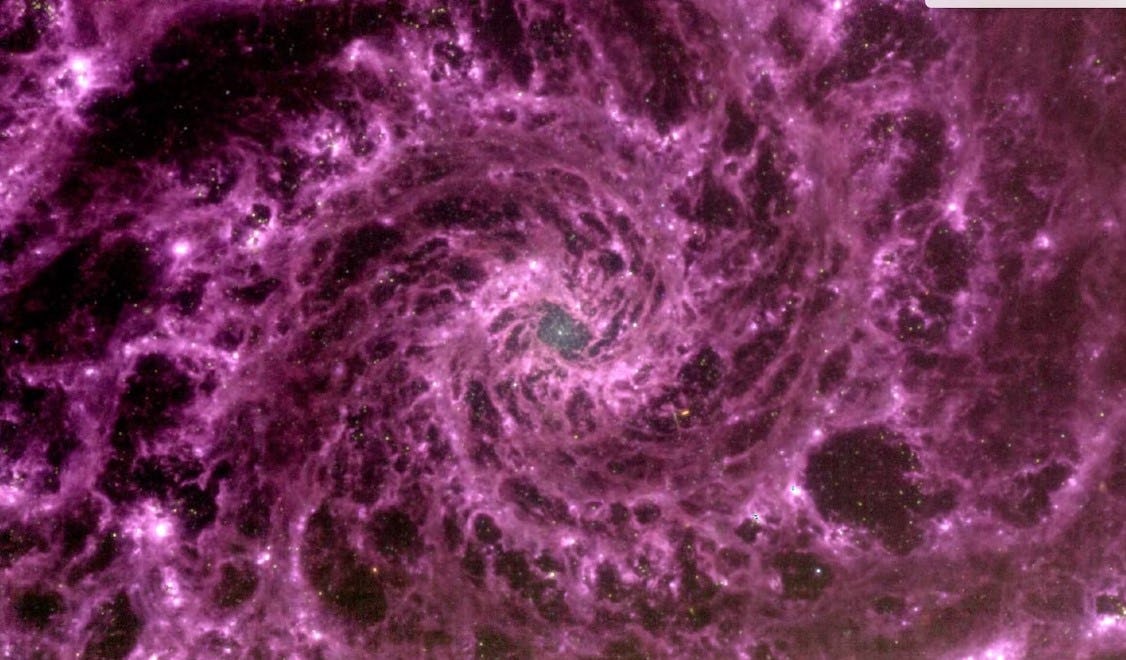
NASA detected a problem with its James Webb Space Telescope (JWST), the agency announced on Tuesday, and as a result, it had to put a slate of observations on pause.
JWST observes the Universe like never before, and its breathtaking first images and data are clear indicators of its prowess. To do this, it draws information across multiple wavelengths of light. Scientists rely on any number of the 17 observational modes on JWST to pool information from great distances, which helps them to reconstruct a picture of what is happening far, far away.
But NASA announced in a JWST blog post that one of these modes — found on an instrument designed to be “beyond anything that has been available to astronomers to date” — is not working properly.

Why it matters — JWST’s Mid-Infrared Instrument (MIRI) provides four of the observatory’s modes. The current hiccup is happening with the MIRI medium-resolution spectroscopy (MRS) mode.
“This is where emission from molecules and dust display very strong spectral signatures,” NASA’s Jonathan Gardner, JWST deputy senior project scientist, writes in a separate post. These signatures can, for example, reveal the sorts of molecules that surround some stars, gathered within disks that eventually form planets, according to Gardner.
What’s new — The JWST team has paused the scheduling of observations that use this mode.
A “grating-wheel” mechanism for this mode, which helps scientists further narrow down and select the sort of wavelength through which they want to view the Universe, had an issue on August 24. NASA’s Tuesday announcement states the wheel “exhibited what appears to be increased friction during setup for a science observation.”

The JWST team then performed “preliminary health checks and investigations” to learn about the issue. Two weeks later, on September 6, an anomaly review board convened to “assess the best path forward.” They are developing strategies to fix the problem, and have paused use of MRS until then.
What's next — NASA wants to resume MRS observations as soon as possible. For now, the other three MIRI modes continue to operate normally. These allow scientists to peer at distant regions to get other sorts of information, like what composes an object’s surface and to directly confirm an exoplanet’s existence.

The Inverse analysis — It’s too early to tell how much this may set JWST back. Beyond the lack of information about the issue, it’s also not uncommon for problems to spring up on space telescopes. The Hubble Space Telescope, for instance, has mitigated several potentially-disastrous scenarios. It also faced a few major problems early in its trip in low-Earth orbit. Certainly, however, JWST’s whooping one-million-mile distance from Earth makes it impossible to service manually, as Shuttle missions did to repair Hubble’s early problem with its mirror.
For now, JWST continues to gather across its 16 other modes, with a small — albeit important — hole in its view of the Universe.



!["[T]he First and Fifth Amendments Require ICE to Provide Information About the Whereabouts of a Detained Person"](https://images.inkl.com/s3/publisher/cover/212/reason-cover.png?w=600)



